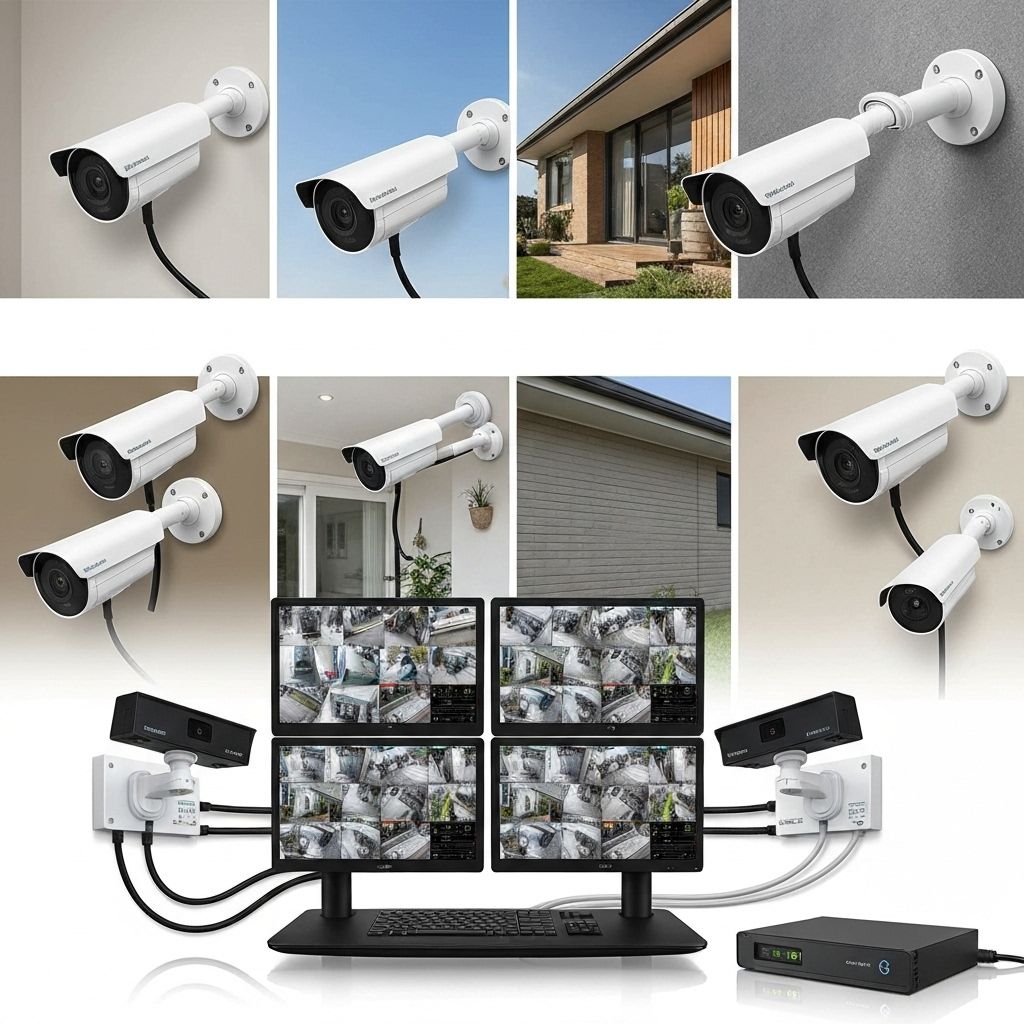Security is a top priority for businesses and homeowners alike. A well-designed CCTV system provides peace of mind, deters criminal activity, and provides valuable evidence when incidents occur. This comprehensive guide covers everything you need to know about CCTV installation and configuration.
Planning Your CCTV System
Proper planning is crucial for an effective surveillance system. Start by identifying vulnerable areas, entry points, and high-traffic zones. Consider lighting conditions, camera coverage angles, and potential blind spots. A professional site survey can help optimize camera placement for maximum coverage.
Types of CCTV Cameras
Dome Cameras
Dome cameras are versatile and discreet, making them ideal for indoor installations. They're vandal-resistant and offer wide-angle coverage. Modern dome cameras often include pan-tilt-zoom (PTZ) capabilities for flexible monitoring.
Bullet Cameras
Bullet cameras are designed for outdoor use with weatherproof housing. They're highly visible, which serves as a deterrent, and typically offer longer range coverage. They're perfect for monitoring parking lots, perimeters, and entry points.
PTZ Cameras
Pan-Tilt-Zoom cameras offer remote control over camera direction and zoom. They're ideal for monitoring large areas and can be programmed to follow motion or patrol specific zones automatically.
Key Features and Technologies
- Resolution: Choose between 2MP, 4MP, or 8MP cameras based on detail requirements
- Night Vision: Infrared LEDs enable recording in complete darkness
- Motion Detection: AI-powered detection reduces false alarms
- Remote Access: View live feeds from anywhere via mobile apps
- Cloud Storage: Secure off-site backup of recordings
- Video Analytics: Advanced features like facial recognition and license plate reading
Installation Best Practices
Mount cameras at optimal heights (8-10 feet) to prevent tampering while maintaining clear views. Ensure proper lighting or use cameras with good low-light performance. Use PoE (Power over Ethernet) for simplified installation and reliable power delivery. Protect outdoor cables with conduit and ensure weatherproof connections.
Network Configuration and Security
Secure your CCTV system by changing default passwords, using strong encryption, keeping firmware updated, and isolating cameras on a separate network VLAN. Enable two-factor authentication for remote access and regularly review access logs.
Maintenance and Optimization
Regular maintenance ensures optimal performance. Clean camera lenses quarterly, check and adjust camera angles, verify recording quality, test motion detection zones, and review storage capacity. Schedule professional inspections annually to identify potential issues.



